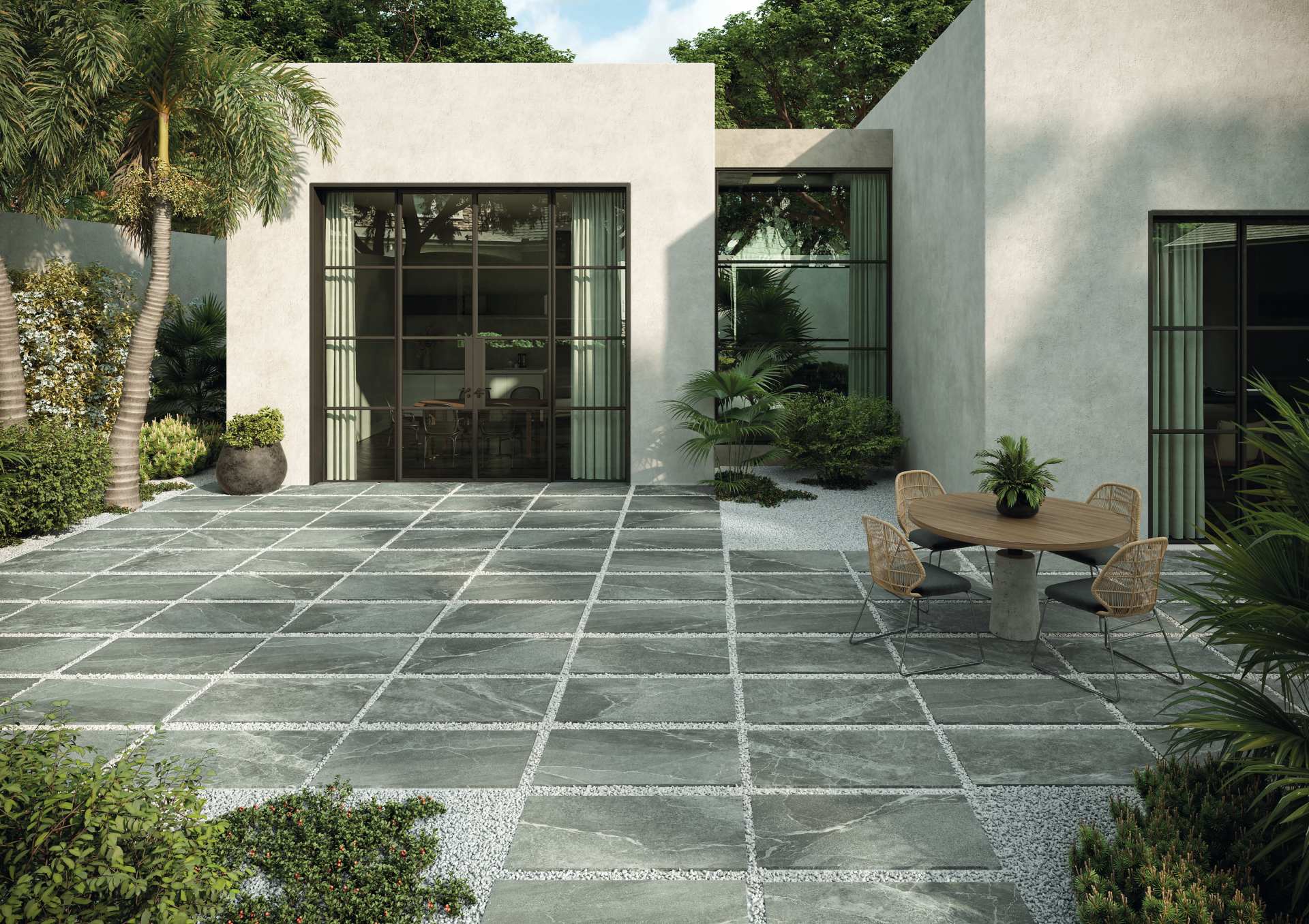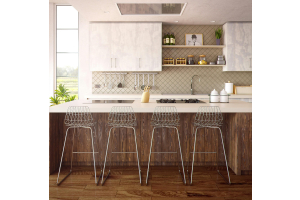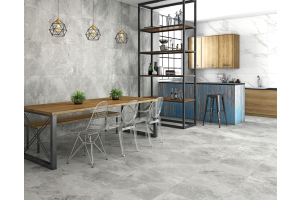What Makes Outdoor Tiles Different From Indoor Ones?

When it comes to shopping for tiles, if you’re looking to tile your indoor and outdoor spaces, you may wonder whether you can use the same tiles for a seamless transition between your interior and exterior spaces. In this guide, we’re looking at the key differences between outdoor and indoor tiles to help you make the right choice.
Outdoor vs indoor tiles: How are they different?
Both indoor and outdoor tiles should be crafted to withstand foot traffic. However, outdoor paving tiles tend to have a coarser surface texture and are designed to be more weather-resistant. In the UK, we can have all manner of weather changes. One minute it can be warm and sunny, the next it can be cold and rainy. To prevent premature damage, you need tiles that are robust.
To protect against cracking due to rapid temperature changes, it’s also recommended that you select unglazed tiles outside.
More attention will need to be paid to the water-resistance and sealant or grout to ensure that rainwater doesn’t drain between or beneath the tiles. However, this will also apply if you’re adding tiles to your bathroom to protect your walls and floors around the shower or bath.
Outdoor tiles are ideal for patios, walkways, balconies, terraces and other external areas around your property. Indoor tiles can be used on the floor and walls of almost any room in your house. Bathrooms and kitchens are the most popular areas, though.
But what if you want to create a seamless transition?

A flawless transition between indoor and outdoor spaces is a growing trend, particularly with the rise of slimline floor-to-ceiling patio doors. If you’re looking to create this luxury look, we recommend choosing a tile supplier that sells both indoor and outdoor tiles. If you tell them about your property design plans, they should be able to help you choose the best match for your project.
Shop online at Cut Price Tiles to browse thousands of tiles for your every need.






